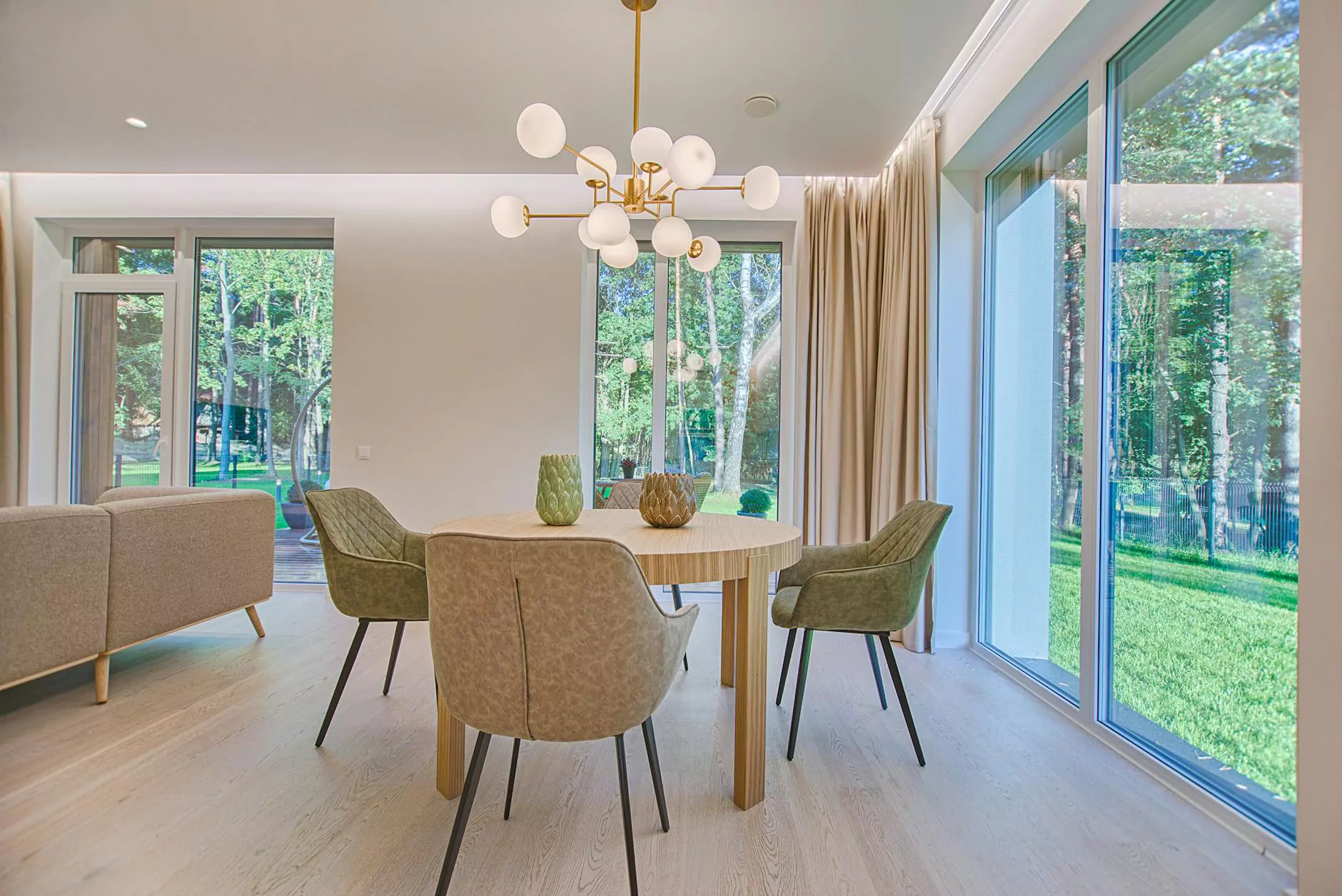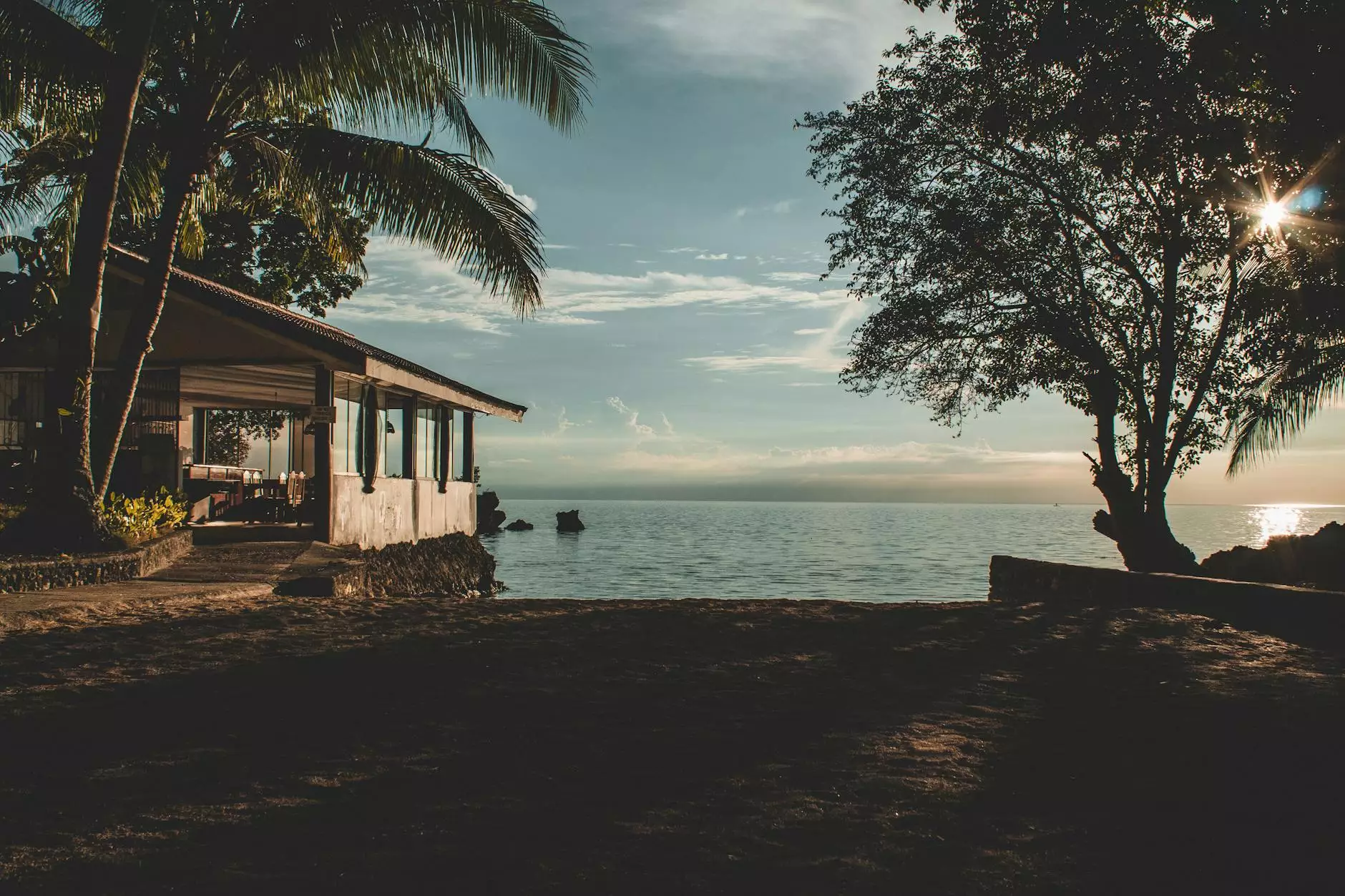The Environmental Impact of Artificial Turf

When it comes to creating a beautiful and low-maintenance outdoor space, artificial turf has become increasingly popular among homeowners. Not only does it offer a lush green appearance all year round, but it also eliminates the need for constant watering, mowing, and the use of harmful pesticides. However, it is important to understand the environmental impact of artificial turf before making a decision for your home and garden.
The Benefits of Artificial Turf
Artificial turf provides several advantages over natural grass, making it a compelling choice for many homeowners. Some of the benefits include:
- Water Conservation: One of the biggest environmental benefits of artificial turf is its ability to conserve water. Natural grass requires regular watering to stay healthy and vibrant, especially in dry climates. By opting for artificial turf, you can significantly reduce your water consumption and contribute to water conservation efforts.
- Low Maintenance: Unlike natural grass, artificial turf does not require mowing, fertilizers, or other maintenance activities. This not only saves you time and money but also reduces carbon emissions associated with lawn care equipment.
- Durability: Artificial turf is designed to withstand heavy foot traffic, extreme weather conditions, and regular use. It maintains its appearance without the need for constant repair and reseeding, making it a long-lasting investment.
- No Pesticides: Natural grass often requires the use of pesticides and herbicides to control weeds, insects, and diseases. By choosing artificial turf, you can eliminate the need for potentially harmful chemicals, creating a safer environment for your family, pets, and local wildlife.
- Year-Round Beauty: Artificial turf stays green and vibrant regardless of the season. It does not require winter dormancy or springtime reseeding, ensuring your outdoor space looks great year-round.
The Environmental Concerns
While artificial turf offers many benefits, it is also important to address the environmental concerns associated with its production and disposal:
1. Energy Consumption:
The manufacturing process of artificial turf involves significant energy consumption. The production of synthetic materials, such as polypropylene and polyethylene, requires fossil fuels and contributes to greenhouse gas emissions. However, advancements in manufacturing techniques have led to the development of more sustainable and eco-friendly options.
2. Waste Generation:
Artificial turf has a lifespan of around 15-25 years, depending on usage. Eventually, it will need to be replaced. Proper disposal and recycling of old artificial turf can be a challenge, as it contains non-biodegradable materials. However, some companies now offer recycling programs to reduce waste and promote the reuse of materials.
3. Heat Retention:
Artificial turf can retain heat, especially in direct sunlight. This can create a hotter surface temperature compared to natural grass. However, innovations in turf technology have led to the development of cooling technologies, such as infill materials that help dissipate heat more efficiently.
4. Drainage and Water Runoff:
Concerns have been raised about the ability of artificial turf to adequately drain water, leading to potential surface runoff issues. However, modern synthetic turf systems are designed with proper drainage systems to address this concern effectively.
Choosing Sustainable Artificial Turf
As consumers, we can make a positive impact by choosing sustainable options when it comes to artificial turf. Here are some factors to consider:
1. Recyclable Materials:
Look for artificial turf products that are made from recyclable materials. This ensures that the materials can be repurposed or recycled at the end of their lifespan, reducing waste and promoting sustainability.
2. Eco-Friendly Manufacturing:
Research and choose a manufacturer that follows eco-friendly practices in their production processes. Look for certifications or partnerships that reflect their commitment to reducing environmental impact.
3. Proper Installation:
Ensure that your artificial turf is installed correctly to maximize its benefits and minimize potential drawbacks. Proper installation includes adequate preparation of the base, ensuring optimal drainage, and following manufacturer guidelines.
4. Regular Maintenance:
While artificial turf requires minimal maintenance compared to natural grass, it is essential to maintain it properly to prolong its lifespan. Regularly clean the turf and remove any accumulated debris to prevent drainage issues and maintain its appearance.
The Bottom Line
Artificial turf offers numerous advantages for homeowners who seek an attractive and low-maintenance outdoor space. By understanding the potential environmental impact and making informed choices, you can ensure that your artificial turf aligns with your sustainability goals. At BestArtificialGrassDeals.com, we provide high-quality artificial turf options that meet strict environmental standards, allowing you to enjoy the benefits of a beautiful landscape while minimizing your ecological footprint.



